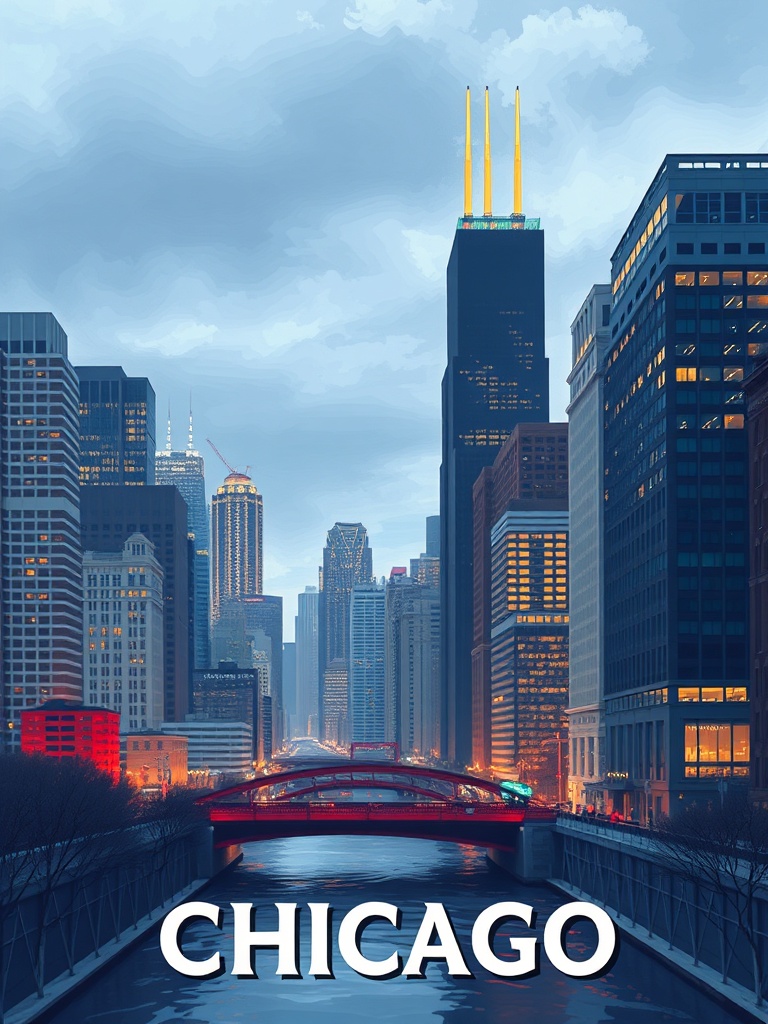Chicago’s lakefront is a dynamic blend of recreation, architecture, and resilience—where sandy beaches and bustling promenades meet ambitious efforts to protect the shoreline and expand public access. Whether you’re seeking sunrise runs with a skyline backdrop, family-friendly beaches, or quiet natural areas for birdwatching, the lakefront delivers year-round appeal with improving infrastructure and thoughtful planning.
What to explore along the lakefront
– Millennium Park and Grant Park: Anchoring the downtown skyline, these parks host public art, seasonal events, and wide lawns ideal for people-watching and casual recreation. The iconic reflective sculpture and formal gardens make them top stops for visitors.
– The Chicago Riverwalk: A compact waterfront promenade that connects cultural destinations, dining piers, and boat launches. It offers pedestrian-friendly access to the water and views of notable architecture from the Loop.
– Museum Campus: Home to major cultural institutions and expansive lake views, it’s an excellent base for families and museum-goers who want immediate access to trails and picnic areas.
– North and Oak Street Beaches: Popular for volleyball, sunbathing, and skyline photography. Lifeguards and amenities vary by location; check local signage for safety updates.
– Lincoln Park and the Nature Boardwalk: Stretching north of downtown, this corridor blends recreational paths, ponds, and naturalized shoreline—great for birdwatching and quieter walks.
Active ways to enjoy the waterfront
The lakefront trail is a continuous ribbon for walking, running, and cycling that connects many of the city’s neighborhoods.
Bike-share programs and abundant rental shops make it easy to explore without planning or gear. Kayak launches and paddleboard rentals provide a more immersive experience on calmer river sections and designated lake access points.
Resilience and accessibility
Recent efforts along the lakefront prioritize resilience against extreme weather and rising water levels through green infrastructure, dune restoration, and redesigned shoreline buffers. Projects often aim to improve stormwater management and protect public amenities while maintaining open sightlines to the lake. Accessibility improvements—ramped entries, wider paths, and better signage—make public spaces easier to reach for people with mobility needs.
Dining, nightlife, and culture
Waterfront restaurants and bars have transformed the lakefront into a social destination after dark, but quieter options are plentiful: picnic-friendly greens, food trucks near popular beaches, and vendors along the Riverwalk. Cultural programming, from open-air concerts to public art installations, keeps the lakefront lively and diverse without asking for a ticketed experience.
Practical tips
– Transit: Multiple transit options provide easy access to different lakefront segments. Plan routes that align with your desired start and end points to avoid backtracking.
– Safety: Lifeguard coverage varies—swim only in designated areas and observe posted warnings. Weather by the lake can change quickly; layers and wind protection are wise.

– Peak times: Weekends and warm-weather evenings draw the biggest crowds. Early morning or weekday visits offer quieter conditions for running, photography, or contemplation.
– Leave no trace: Help keep the shoreline clean by using public trash and recycling receptacles, and respect protected natural areas.
The lakefront remains one of Chicago’s most visible examples of how urban design, recreation, and climate planning can coexist.
With continued attention to accessibility and resilience, it will remain a vibrant public asset for residents and visitors alike.